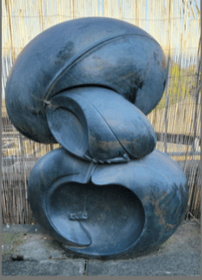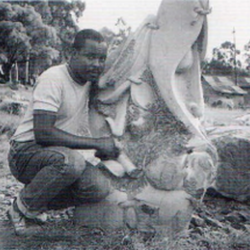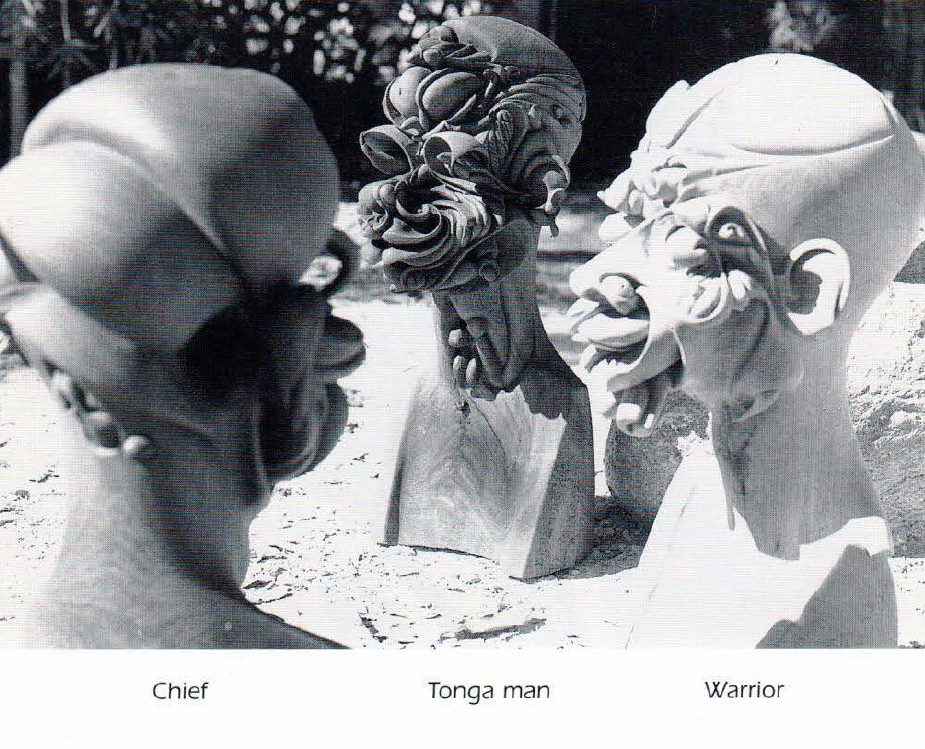Unveiling the captivating world of Shona sculpture, we embark on a journey to explore the origins, production techniques, and the skilled artists behind this remarkable art form. Originating from Zimbabwe, Shona sculpture has gained international recognition for its unique beauty and cultural significance.
The Birth of Shona Sculpture
Shona sculpture emerged as a prominent art form in the mid-20th century, rooted in the rich cultural heritage of the Shona people of Zimbabwe. It is believed that the art of stone carving has been practiced by the Shona for centuries, with the sculptures serving as a means of communication with ancestral spirits.
However, it was not until the 1950s that Shona sculpture gained widespread recognition beyond local communities. The first generation of Shona sculptors, including pioneers like Joram Mariga and Bernard Matemera, began experimenting with different styles and techniques, giving birth to a new era of artistic expression.
These early sculptors drew inspiration from the natural world and traditional Shona beliefs, infusing their works with symbolism and spiritual meaning. The sculptures became a visual representation of the Shona people's connection to their ancestors and the land they inhabit.

Frank McEwen: A Life Dedicated to African Art and Culture

Influence of Shona Art on Picasso

Explore Zimbabwean Art with Celia Winter-Irving's Stone Sculpture Book
The Artistic Process: Where Skill Meets Stone
One of the most intriguing aspects of Shona sculpture is the meticulous hand-carving process. Unlike modern production methods, Shona sculptures are crafted entirely by hand, using chisels and other traditional tools. This hands-on approach allows the artists to infuse their creations with a distinct human touch, making each piece truly unique.
The process begins with the selection of the stone, with different types of stones offering varying textures and colors. The sculptor carefully examines the stone, envisioning the final form within its natural contours. With precise strokes, they gradually shape the stone, revealing the hidden beauty within.
One of the key elements in the production of Shona sculptures is the art of stone polishing. After the initial carving, the sculptures are heated to a specific temperature, which enables the artists to achieve a smooth and polished finish. Only the most skilled sculptors can master this technique, resulting in the breathtakingly polished end format that is characteristic of the finest Shona sculptures.
Each sculpture tells a story, capturing the essence of the subject matter through intricate details and fluid lines. The artists' deep understanding of the stone's properties allows them to bring out the inherent beauty of the material, transforming it into a work of art that resonates with viewers.
Master Sculptors and Their Remarkable Works
Within the realm of Shona sculpture, there are numerous talented artists who have contributed immensely to the development and popularity of this art form. One such artist is Sampson Kuvenguhwa, renowned for his ability to breathe life into stone with his intricate carvings.
Kuvenguhwa's sculptures often depict human figures in dynamic poses, capturing the essence of movement and emotion. His attention to detail and ability to convey a sense of vitality through stone carving have earned him recognition both locally and internationally.
While Sampson Kuvenguhwa is widely celebrated, it is important to acknowledge the multitude of exceptional sculptors who dedicate their lives to this craft. These artists, often unnamed and hidden from the limelight, rely on their sculpting skills to sustain their livelihoods and preserve the legacy of Shona sculpture.
Their works range from abstract forms that explore the interplay of shapes and textures to realistic portrayals of animals and human figures. Each sculpture tells a unique story, reflecting the artist's perspective and their connection to their cultural heritage.
Appreciating the Art: Bargaining and Fair Pricing
When encountering the vibrant world of Shona sculpture, it is not uncommon for enthusiasts to engage in the age-old tradition of bargaining. However, it is vital to consider the significant effort and time invested by the artists in creating these masterpieces.
As a responsible buyer, it is crucial to offer a fair price that reflects both the artistic value and the dedication behind each sculpture. By doing so, we ensure the continuity of this remarkable art form, allowing it to flourish and inspire future generations.
Shona sculpture is a testament to the rich artistic heritage of Zimbabwe. From its humble beginnings to its global recognition, this art form continues to captivate the world with its intricate craftsmanship and cultural significance. By understanding the origins, production techniques, and the importance of fair pricing, we can truly appreciate the beauty and depth of Shona sculpture.



